Which CPU is best for your Copilot+ laptop? Intel vs AMD vs Snapdragon
If you own a Windows 10 PC, now is a good time to consider the question: should I buy something to replace it before support expires this October? And if so, what? For years, the choice between Intel and AMD was a toss-up. Both offered compelling options. Now, Qualcomm’s Snapdragon chip has become a viable contender, at least in notebooks. And the issues go beyond price and performance when AI—and how Microsoft treats each vendor—become a factor. Why consider a Copilot+ PC? Consider this a high-level look at what to buy as you migrate from Windows 10 to new Windows 11 hardware before support expires, assuming that you don’t want to pay Microsoft $30 for an additional year’s worth of Windows 10 support. The other assumption that we’re making is that you’ll want to invest in a Copilot+ PC—not because we’re endorsing AI, but because an AI PC will likely become the norm. You might not see any need for AI now, but why lock yourself out of something that might eventually become mandatory? OpenAI’s ChatGPT was a wild card when it debuted at the end of 2022, catching Microsoft (and everyone else) off guard with this surprising new thing, AI. Most everything Microsoft has announced since then, from hardware to software to services, has been a reaction to that. Some AI services, like Copilot, can run in the cloud. The Copilot+ PC program was designed to ensure that AI services could run directly on PCs in the future. Microsoft is still trying to figure out which AI services can run on PCs and what they’ll do. This situation presents a catch-22. When Microsoft began previewing Copilot+ PC capabilities last year—generative AI art inside Paint, local image editing in Photos, the controversial Recall feature, and so on—only one vendor, Qualcomm, had an AI engine (the NPU) powerful enough to make those features a reality. Microsoft imposed a minimum performance baseline: 40 trillion operations per second (TOPS), a measure of NPU performance. Today, both Intel and AMD ship processors with integrated NPUs powerful enough that the PCs that include them qualify as a Copilot+ PC. But all three chip vendors aren’t created equal, and this article will help explain the differences. There’s one quirk: at press time, with an exception or two, there are basically no Copilot+ desktops. The nice thing is that all of the Copilot+ chips from all three chipmakers are quite good in their own way. Qualcomm’s Snapdragon X Elite: Power that lasts all day The good: Qualcomm’s Snapdragon chips often provide the best battery life, lasting over a day. Set a Snapdragon PC aside for a week while you go on vacation, and the battery level barely budges. Otherwise, performance is solid across the board. Qualcomm is clearly Microsoft’s favorite when it comes to rolling out new AI features, and you’ll typically see them arrive on Snapdragon PCs first. (We have an exhaustive review of the Snapdragon X Elite here.) Qualcomm is running ads pointing out that the Snapdragon PC chips deliver the same performance while plugged in as on battery, and that’s generally true. YouTube The bad: Some users report issues with application compatibility. Qualcomm, however, has made great strides to solve this problem, and it’s far less of an issue than it has been. But the current iteration of Snapdragon, even the X Elite, is just not as good for gaming as X86 chips from AMD and Intel in any context. In detail: AI has existed for years on smartphones, specifically in all of the tricks a smartphone camera makes to make your photos look good. So Qualcomm, which is the “Intel Inside” of most smartphones not made by Apple, understood the market. Its redesigned Snapdragon X Elite PC Arm processor platform was essentially Microsoft’s Copilot+ launch partner, and Microsoft has made it its first choice for its latest Surface Laptop and Surface Pro devices. For now, you can only buy a laptop with a Snapdragon X Elite chip inside, though they’re available from a variety of major PC makers. Though Qualcomm has teased a desktop PC (or all-in-one PC) launch, that hasn’t happened. Qualcomm has three laptop chip lines: the Snapdragon X Elite, which is the most popular, as well as the more moderate Snapdragon X Plus and the basic Snapdragon X processor. (It’s a little confusing since Qualcomm uses the “Snapdragon X” term to refer to the entire family of chips, as well as its specific, most basic processor.) Microsoft’s Surface Laptop 7, one of the flagship devices for the Qualcomm Snapdragon X Elite family.Matthew Smith / IDG Qualcomm Snapdragon PCs are first and foremost productivity devices. Though Snapdragons are an ARM architecture and don’t natively run Windows apps designed for X86 processors, Qualcomm claims that it runs all of the top 100 apps on Windows, based on information gathered from Microsoft. (Ninety-six of those have ARM versions, while four are emulated.) That includes everything from M

If you own a Windows 10 PC, now is a good time to consider the question: should I buy something to replace it before support expires this October? And if so, what?
For years, the choice between Intel and AMD was a toss-up. Both offered compelling options. Now, Qualcomm’s Snapdragon chip has become a viable contender, at least in notebooks. And the issues go beyond price and performance when AI—and how Microsoft treats each vendor—become a factor.
Why consider a Copilot+ PC?
Consider this a high-level look at what to buy as you migrate from Windows 10 to new Windows 11 hardware before support expires, assuming that you don’t want to pay Microsoft $30 for an additional year’s worth of Windows 10 support. The other assumption that we’re making is that you’ll want to invest in a Copilot+ PC—not because we’re endorsing AI, but because an AI PC will likely become the norm. You might not see any need for AI now, but why lock yourself out of something that might eventually become mandatory?
OpenAI’s ChatGPT was a wild card when it debuted at the end of 2022, catching Microsoft (and everyone else) off guard with this surprising new thing, AI. Most everything Microsoft has announced since then, from hardware to software to services, has been a reaction to that. Some AI services, like Copilot, can run in the cloud. The Copilot+ PC program was designed to ensure that AI services could run directly on PCs in the future. Microsoft is still trying to figure out which AI services can run on PCs and what they’ll do.
This situation presents a catch-22. When Microsoft began previewing Copilot+ PC capabilities last year—generative AI art inside Paint, local image editing in Photos, the controversial Recall feature, and so on—only one vendor, Qualcomm, had an AI engine (the NPU) powerful enough to make those features a reality. Microsoft imposed a minimum performance baseline: 40 trillion operations per second (TOPS), a measure of NPU performance. Today, both Intel and AMD ship processors with integrated NPUs powerful enough that the PCs that include them qualify as a Copilot+ PC. But all three chip vendors aren’t created equal, and this article will help explain the differences.
There’s one quirk: at press time, with an exception or two, there are basically no Copilot+ desktops. The nice thing is that all of the Copilot+ chips from all three chipmakers are quite good in their own way.
Qualcomm’s Snapdragon X Elite: Power that lasts all day
The good: Qualcomm’s Snapdragon chips often provide the best battery life, lasting over a day. Set a Snapdragon PC aside for a week while you go on vacation, and the battery level barely budges. Otherwise, performance is solid across the board. Qualcomm is clearly Microsoft’s favorite when it comes to rolling out new AI features, and you’ll typically see them arrive on Snapdragon PCs first. (We have an exhaustive review of the Snapdragon X Elite here.)
Qualcomm is running ads pointing out that the Snapdragon PC chips deliver the same performance while plugged in as on battery, and that’s generally true.
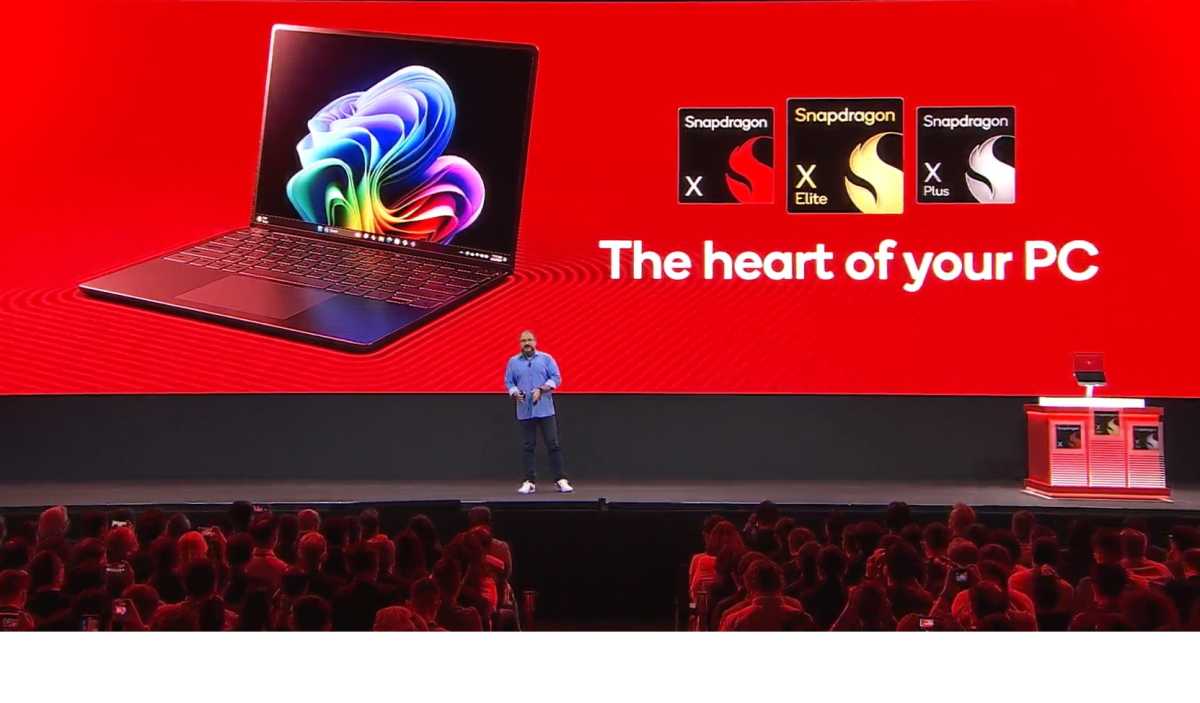
YouTube
The bad: Some users report issues with application compatibility. Qualcomm, however, has made great strides to solve this problem, and it’s far less of an issue than it has been. But the current iteration of Snapdragon, even the X Elite, is just not as good for gaming as X86 chips from AMD and Intel in any context.
In detail: AI has existed for years on smartphones, specifically in all of the tricks a smartphone camera makes to make your photos look good. So Qualcomm, which is the “Intel Inside” of most smartphones not made by Apple, understood the market. Its redesigned Snapdragon X Elite PC Arm processor platform was essentially Microsoft’s Copilot+ launch partner, and Microsoft has made it its first choice for its latest Surface Laptop and Surface Pro devices.
For now, you can only buy a laptop with a Snapdragon X Elite chip inside, though they’re available from a variety of major PC makers. Though Qualcomm has teased a desktop PC (or all-in-one PC) launch, that hasn’t happened. Qualcomm has three laptop chip lines: the Snapdragon X Elite, which is the most popular, as well as the more moderate Snapdragon X Plus and the basic Snapdragon X processor. (It’s a little confusing since Qualcomm uses the “Snapdragon X” term to refer to the entire family of chips, as well as its specific, most basic processor.)
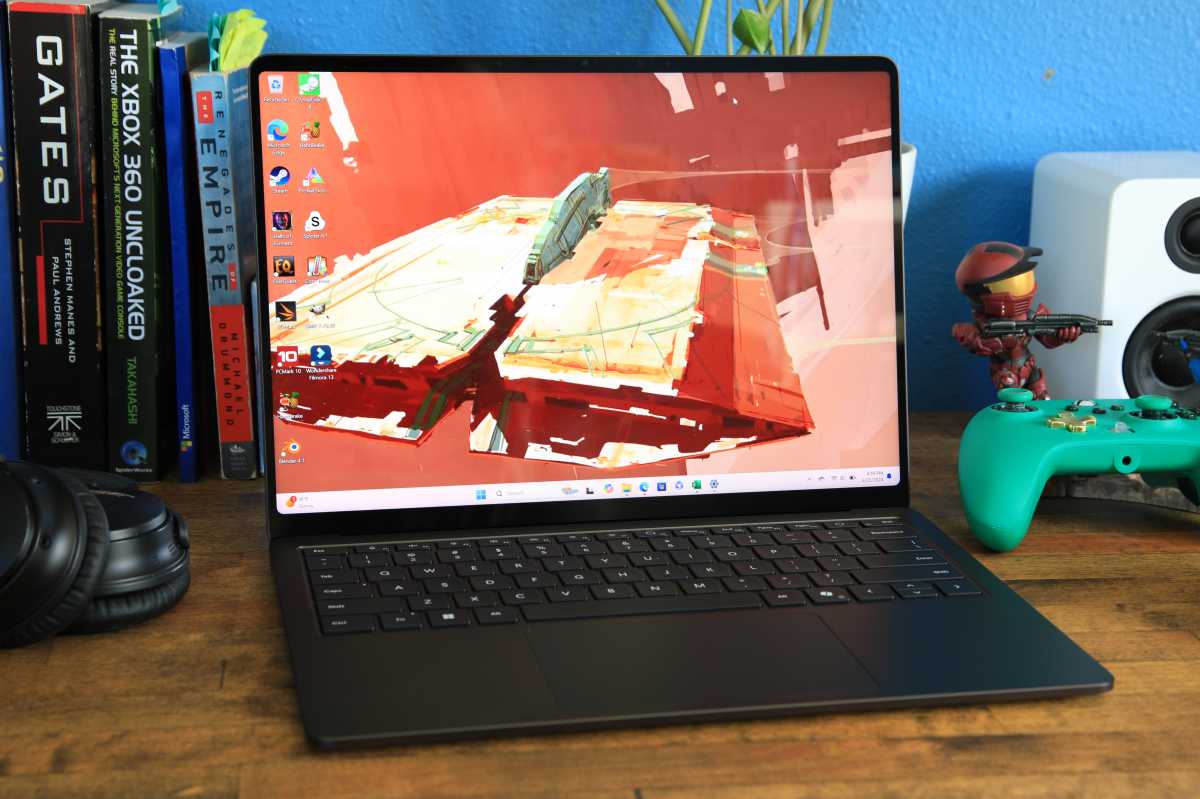
Matthew Smith / IDG
Qualcomm Snapdragon PCs are first and foremost productivity devices. Though Snapdragons are an ARM architecture and don’t natively run Windows apps designed for X86 processors, Qualcomm claims that it runs all of the top 100 apps on Windows, based on information gathered from Microsoft. (Ninety-six of those have ARM versions, while four are emulated.) That includes everything from Microsoft’s own Office (Microsoft 365) apps down to more niche options like Unigram and RingCentral. Still, it’s very unlikely your ancient HP printer will have its own ARM driver; mine does not.
What to buy: I didn’t personally review the Microsoft Surface Laptop 7, but I brought it with me on more than one business trip, and it’s been excellent.
Intel’s Core Ultra Series 2 (Lunar Lake): The best all-rounder
The good: Intel’s Core Ultra Series 2 (Lunar Lake) chips finally qualify for Copilot+ status, and Intel paid attention to the example Qualcomm set. At about 21 hours, a Lunar Lake laptop might not have quite the battery life as a Snapdragon — but with that longevity, you probably won’t care. When plugged in, Intel’s Lunar Lake chips perform well, and their integrated GPU is very good, allowing for light gaming. They’ll run all Windows apps without a problem.
The bad: How does Intel achieve long battery life with Lunar Lake notebooks? By clocking down while unplugged, which lowers the notebook’s performance significantly.
Intel also has a problem: too many processors and a confusing naming scheme. Processors like the Intel Core Ultra 7 165H are Intel “Meteor Lake” (Core Ultra Series 1) processors, which lack the requisite TOPS. So too does Intel’s Core Ultra 7 200H or “Arrow Lake” laptop chips. The “good” Core Ultra 2 (Lunar Lake) chips use a “V” suffix and an initial “2,” like the Core Ultra 7 258V I reviewed, rather than the “H” suffix used by Arrow Lake.

Mark Hachman / IDG
In detail: Intel’s Lunar Lake chips (again, look for the “2” and the “V” on the model number) are terrific and offer all-around performance that the Snapdragon chips do not. Enthusiasts know that Intel has been repeatedly beaten in both desktops and laptops several times in the past decade, but these Core Ultra 200V chips deliver the performance and battery life that you don’t have to worry about. They’re the safe bet.
You simply don’t have to worry about running apps, as Intel’s X86 architecture is the default. While Qualcomm’s work with developers has also produced apps written specifically for Arm chips, Intel’s influence also extends into app developers, and third-party AI apps will take advantage of the Core Ultra NPU.
Windows, however, is another story. Qualcomm and Microsoft forged a tight partnership early on, and new AI functions within Windows usually lag behind Snapdragons by several months.

IDG / Ryan Whitwam
What to buy: Lenovo’s Yoga Pro 9i is one of the better laptops on the market, period, though Lenovo paired it with a discrete GPU that takes the battery life down to (just?) nine hours. Otherwise, the Asus ZenBook S14 that was my test platform delivered over 17 hours of battery life with top performance.
AMD’s Ryzen AI 300 and AI Max: Performance first
The good: If you prefer better performance and are willing to give up some battery life, AMD’s Ryzen AI 300 series should be your choice. My Ryzen test laptop ran for almost 11 hours before shutting down, and the Ryzen AI 300 generally outperformed the competition in productivity applications. (I’ll refer you to both our dedicated Ryzen AI 300 review as well as the Intel Core Ultra 200 “Lunar Lake” review, if only because both include the other processors.)
AMD also has an odd AI alternative: the Ryzen AI Max+, which includes an NPU with 50 TOPS but an absolutely massive cache for its GPU, optimized for games and AI alike. It’s actually inside one of the only Copilot+ desktops you’ll be able to buy, the Framework Desktop, when it ships in the third quarter of 2025.

AMD
The bad: Again, battery life slips a bit with the Ryzen AI 300. I also tested the ROG Flow Z13 gaming tablet with a Ryzen AI Max+ chip, and the battery life under a gaming load was about 90 minutes. Microsoft has also put AMD and Intel into the same tier for Windows feature releases, letting them lag behind Qualcomm Snapdragon PCs by a few months. AMD notebooks are sometimes hard to find, too.
In detail: Last year, I encouraged AMD to adopt a performance-first approach, and it’s done so. If you want the fastest laptops, AMD’s Ryzen platform generally delivers. We just don’t see that many of them cross our desk. That’s probably because PC makers don’t have the flexibility to design laptops with a choice of three different processors; they generally pick two, and that’s been the old standby, Intel, and the new hotness, Qualcomm.

Framework
I would really like to see PC makers adopt the Ryzen AI Max+ in a traditional clamshell notebook! Under our normal productivity tests, the ROG Flow Z13 lasted 12.5 hours. It’s still a possibility.
As I stated above, Intel’s Lunar Lake, AMD’s Ryzen AI 300 (Strix Point), and Qualcomm’s Snapdragon X Elite are all very good choices for a productivity laptop, and it’s a unique time in history where we can say that. If you want a gaming laptop, AMD and Intel are your choices. AI really hasn’t arrived on the desktop yet, unfortunately.
Nevertheless, it’s a safe bet that all three chipmakers will continue building in AI through generations to come. Eventually, it will likely become an afterthought…but right now, it’s an important decision!








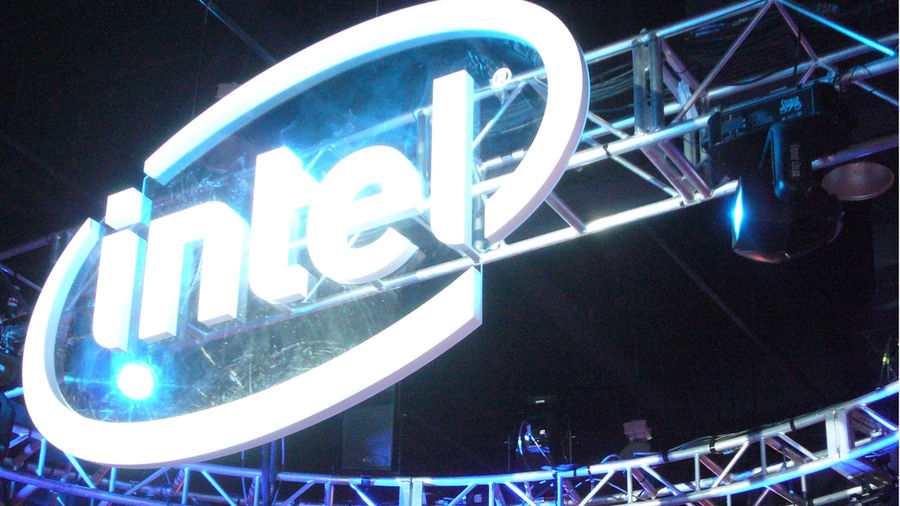




























































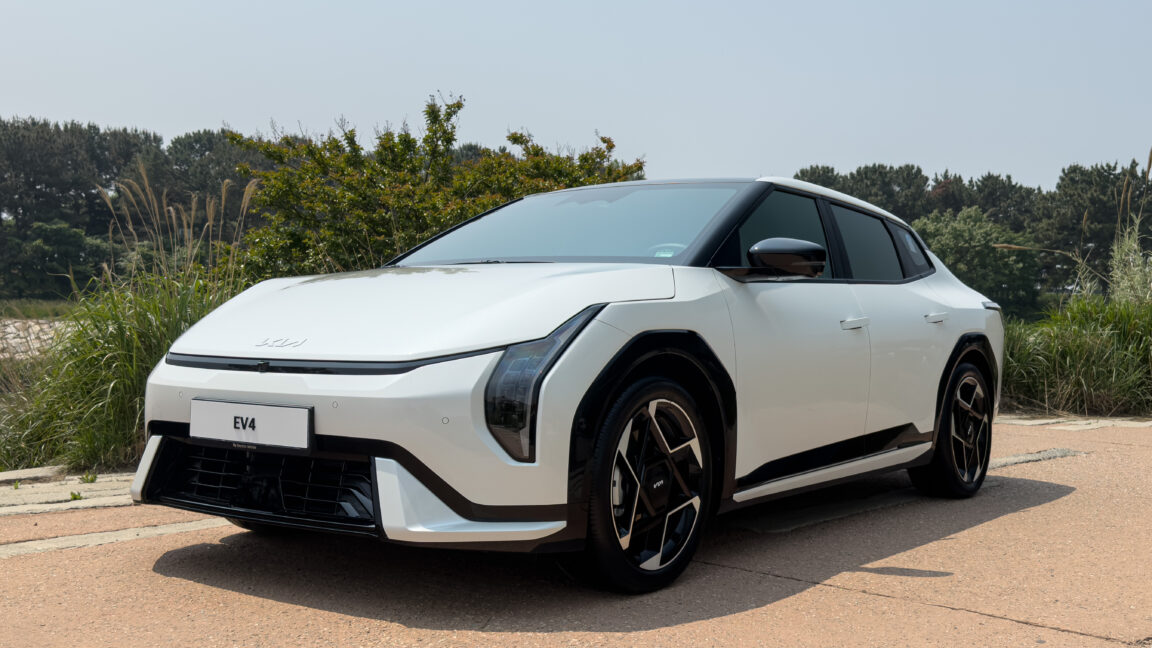










































































































![[The AI Show Episode 152]: ChatGPT Connectors, AI-Human Relationships, New AI Job Data, OpenAI Court-Ordered to Keep ChatGPT Logs & WPP’s Large Marketing Model](https://www.marketingaiinstitute.com/hubfs/ep%20152%20cover.png)



































































































































































































































































_Alexander-Yakimov_Alamy.jpg?width=1280&auto=webp&quality=80&disable=upscale#)
_Zoonar_GmbH_Alamy.jpg?width=1280&auto=webp&quality=80&disable=upscale#)





















































































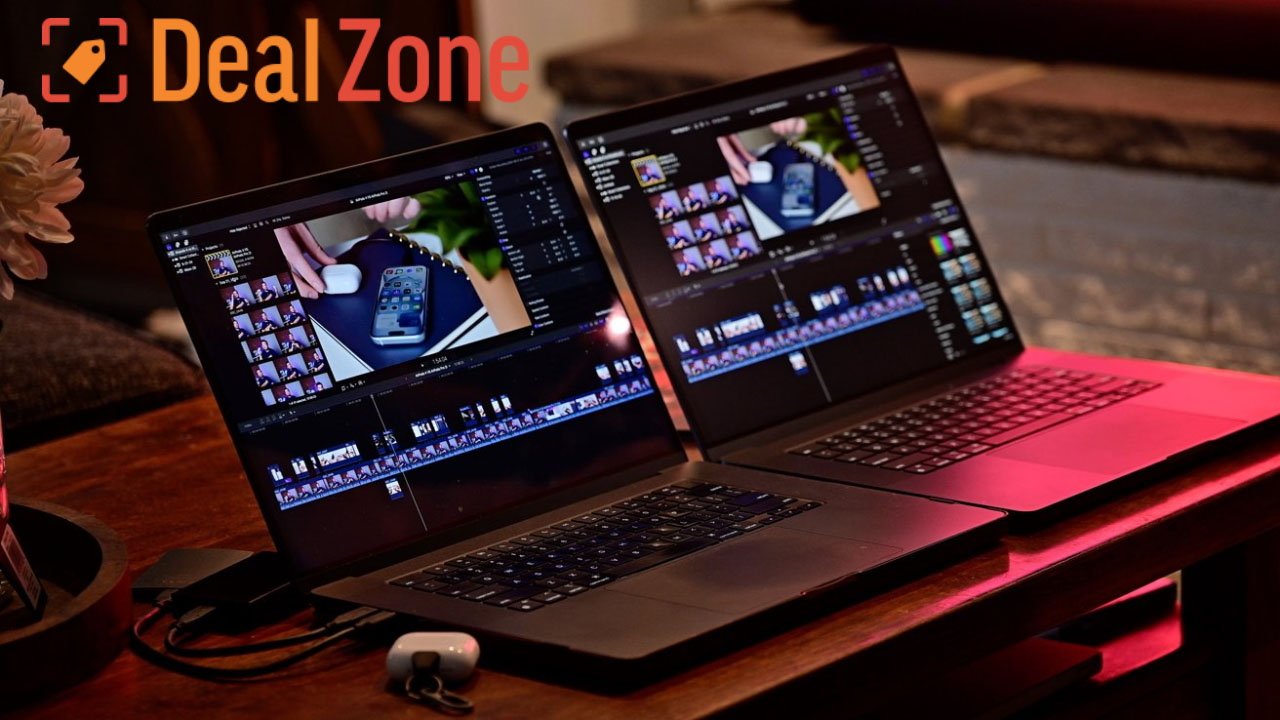




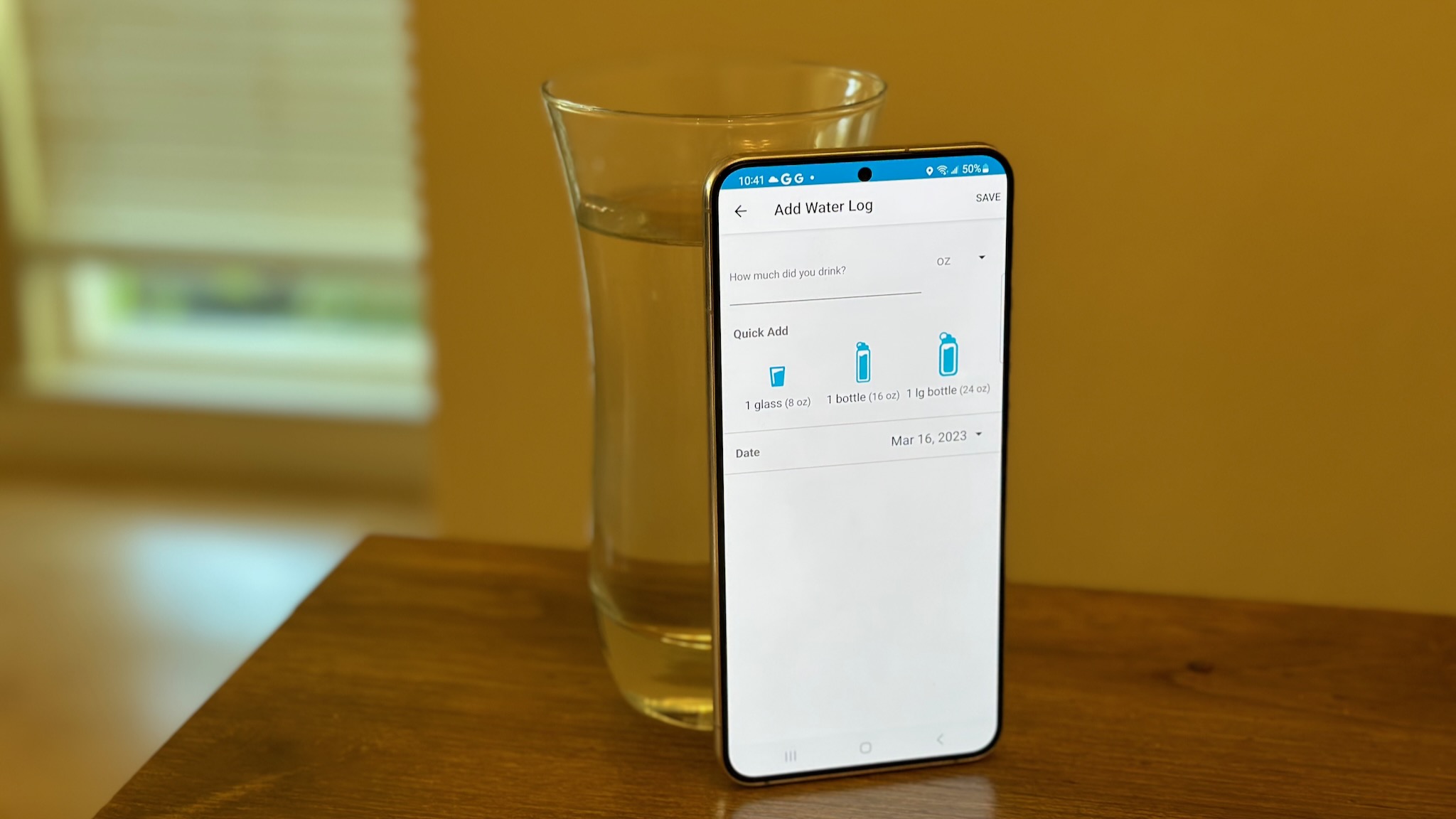

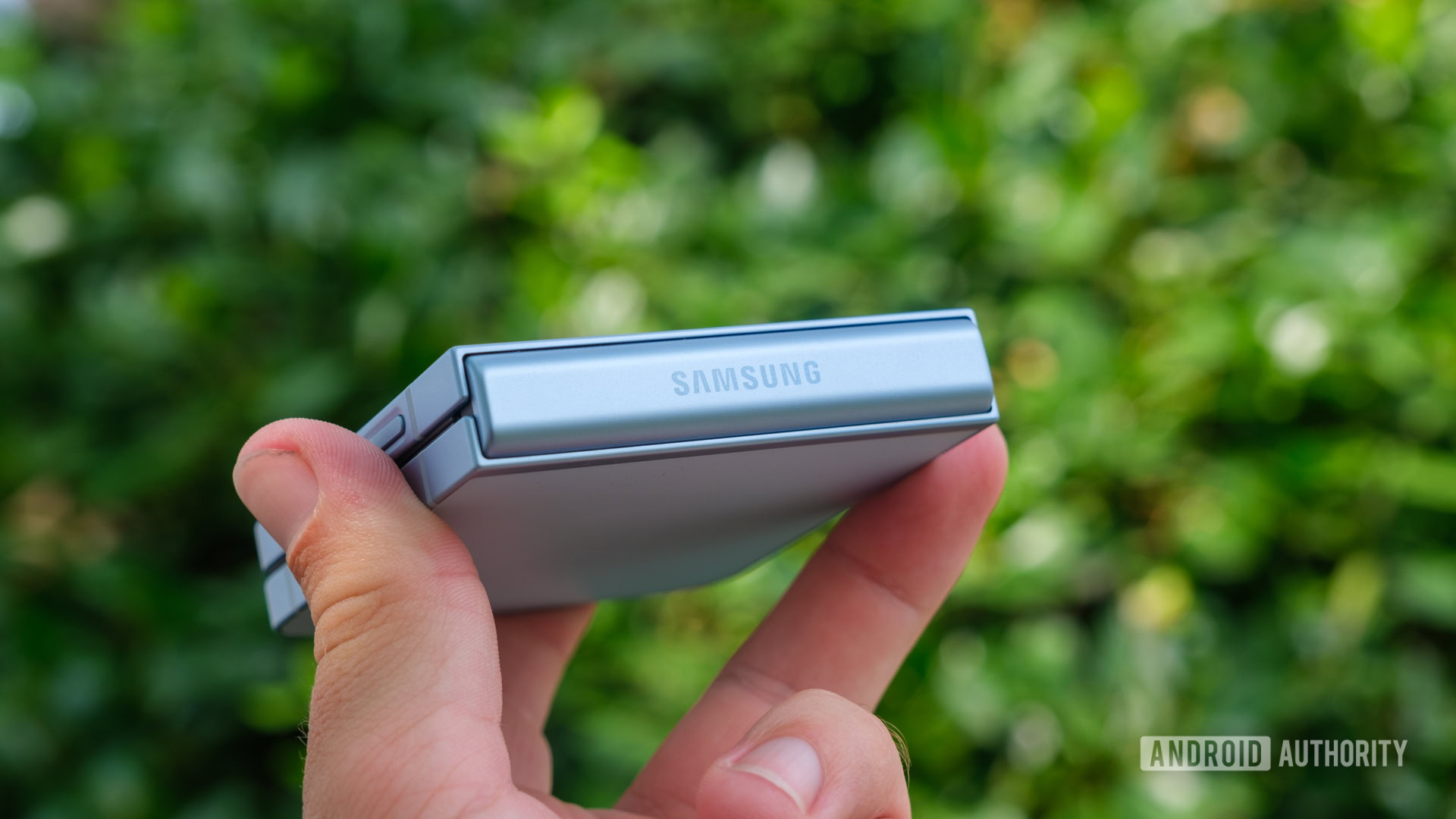



![Meta AI app ‘a privacy disaster’ as chats unknowingly made public [U: Warning added]](https://i0.wp.com/9to5mac.com/wp-content/uploads/sites/6/2025/06/Meta-AI-app-a-privacy-disaster-as-chats-inadvertently-made-public.jpg?resize=1200%2C628&quality=82&strip=all&ssl=1)

![OnePlus Pad Lite officially teased just as its specs leak [Gallery]](https://i0.wp.com/9to5google.com/wp-content/uploads/sites/4/2025/06/oneplus-nord-pad-lite-lineup-1.jpg?resize=1200%2C628&quality=82&strip=all&ssl=1)














![AirPods Pro 3 Not Launching Until 2026 [Pu]](https://www.iclarified.com/images/news/97620/97620/97620-640.jpg)
![Apple Releases First Beta of iOS 18.6 and iPadOS 18.6 to Developers [Download]](https://www.iclarified.com/images/news/97626/97626/97626-640.jpg)
![Apple Seeds watchOS 11.6 Beta to Developers [Download]](https://www.iclarified.com/images/news/97627/97627/97627-640.jpg)
![Apple Seeds tvOS 18.6 Beta to Developers [Download]](https://www.iclarified.com/images/news/97628/97628/97628-640.jpg)

















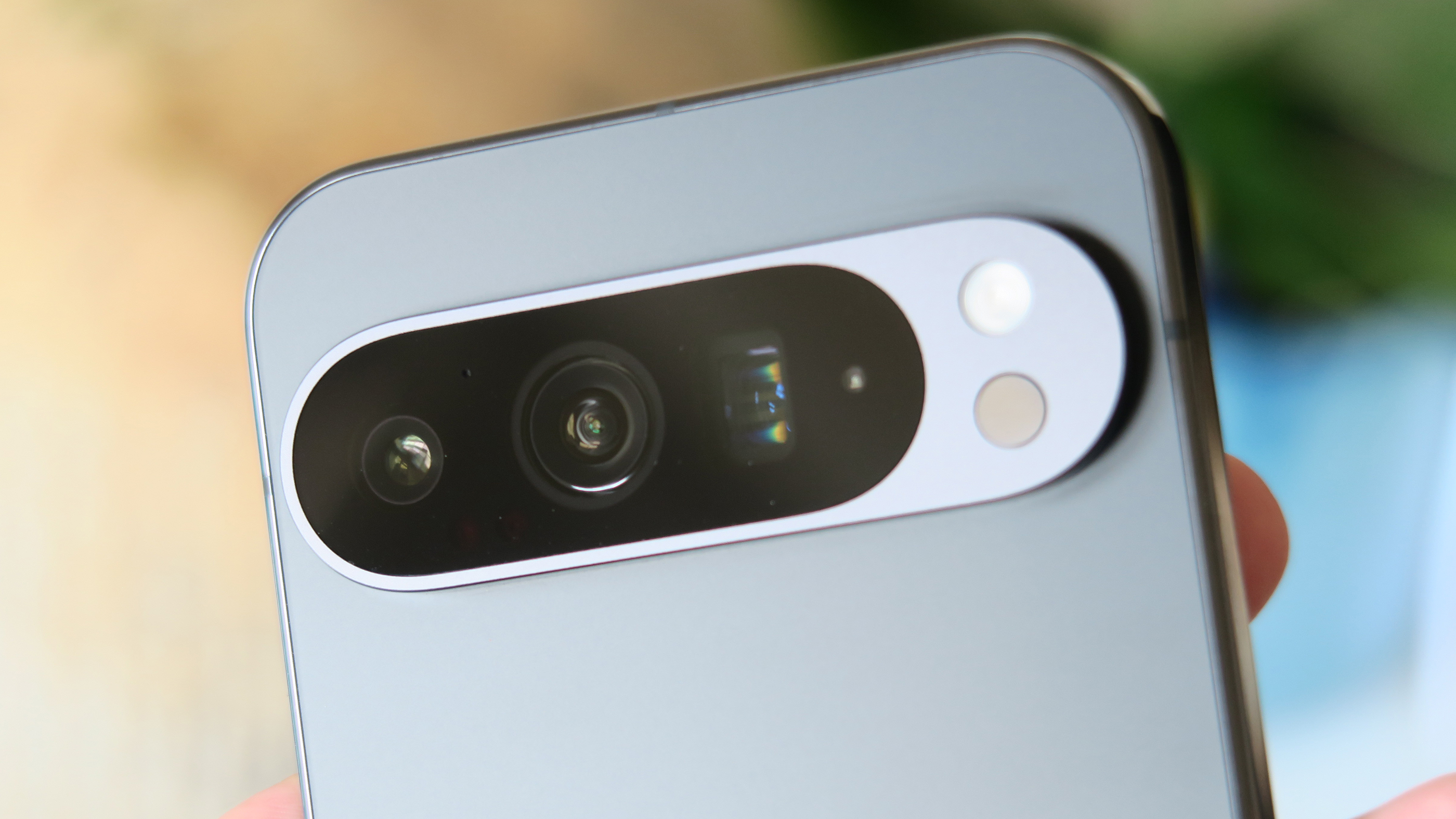



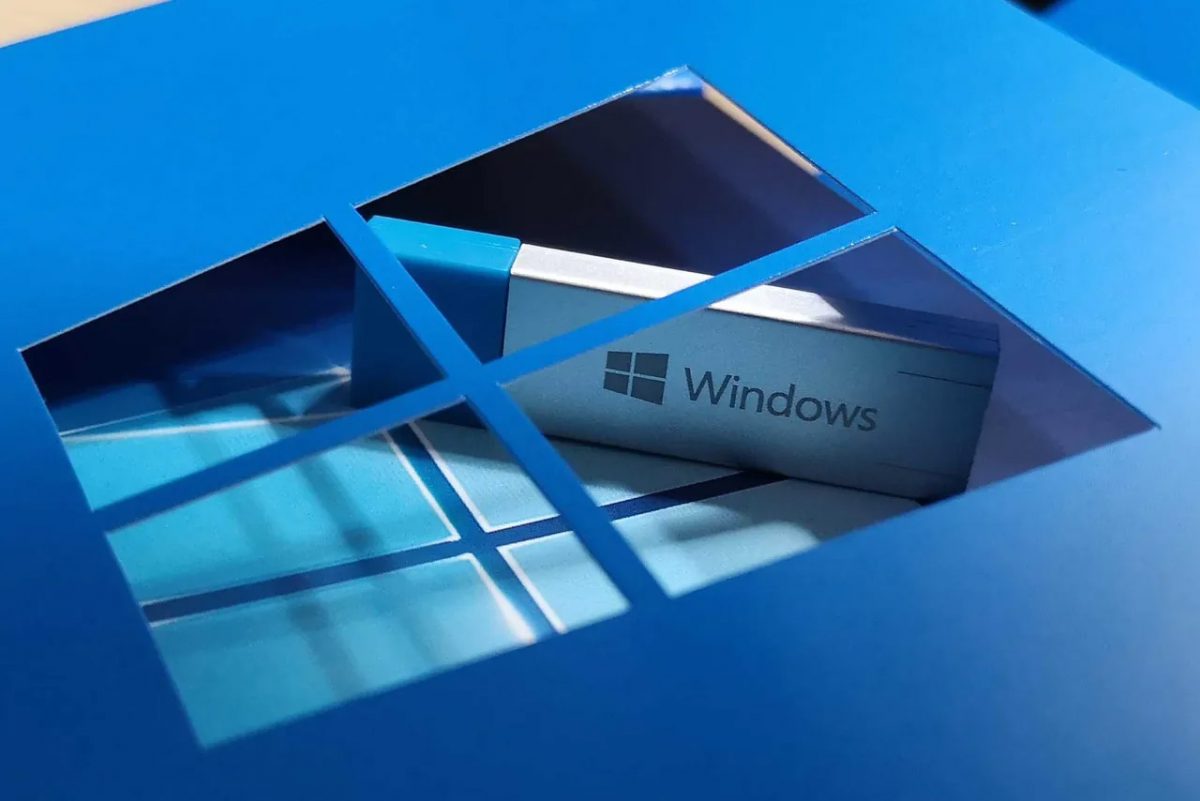
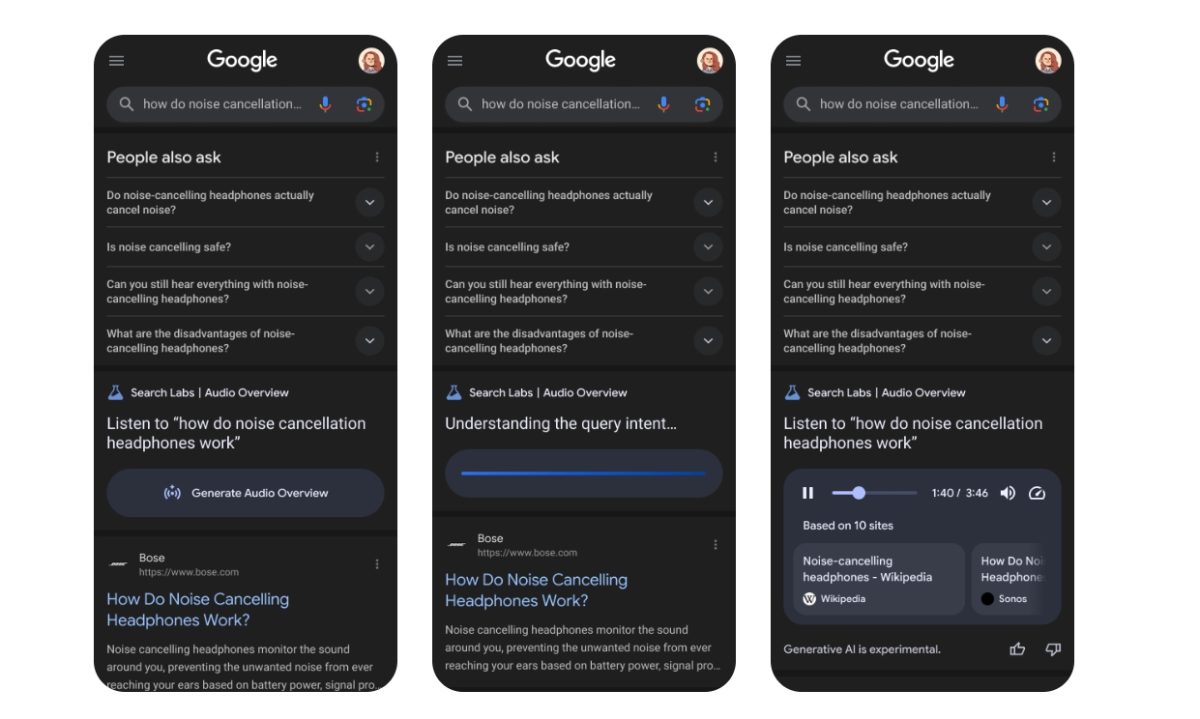


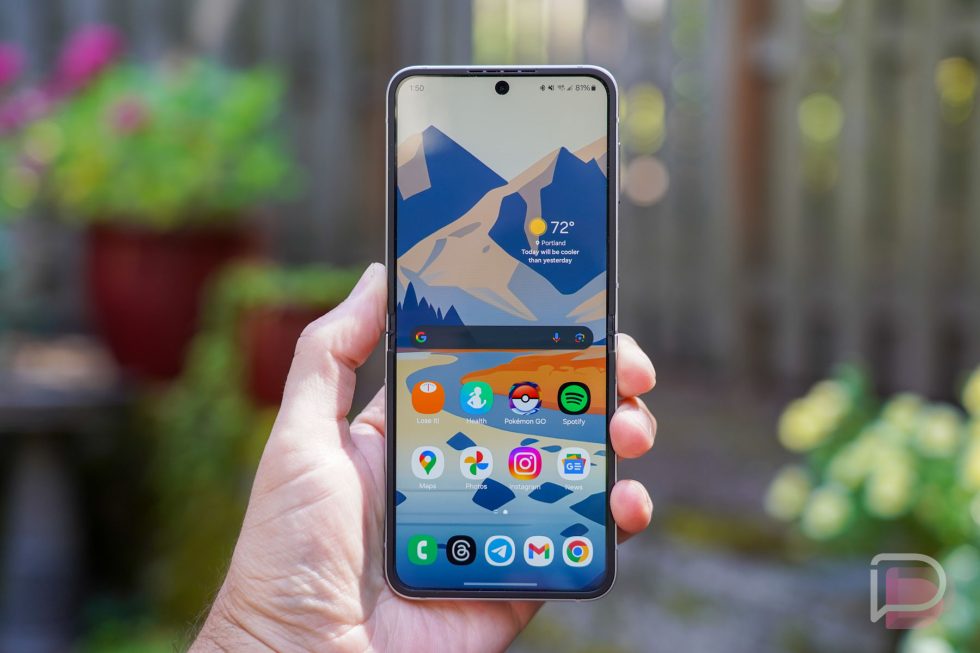














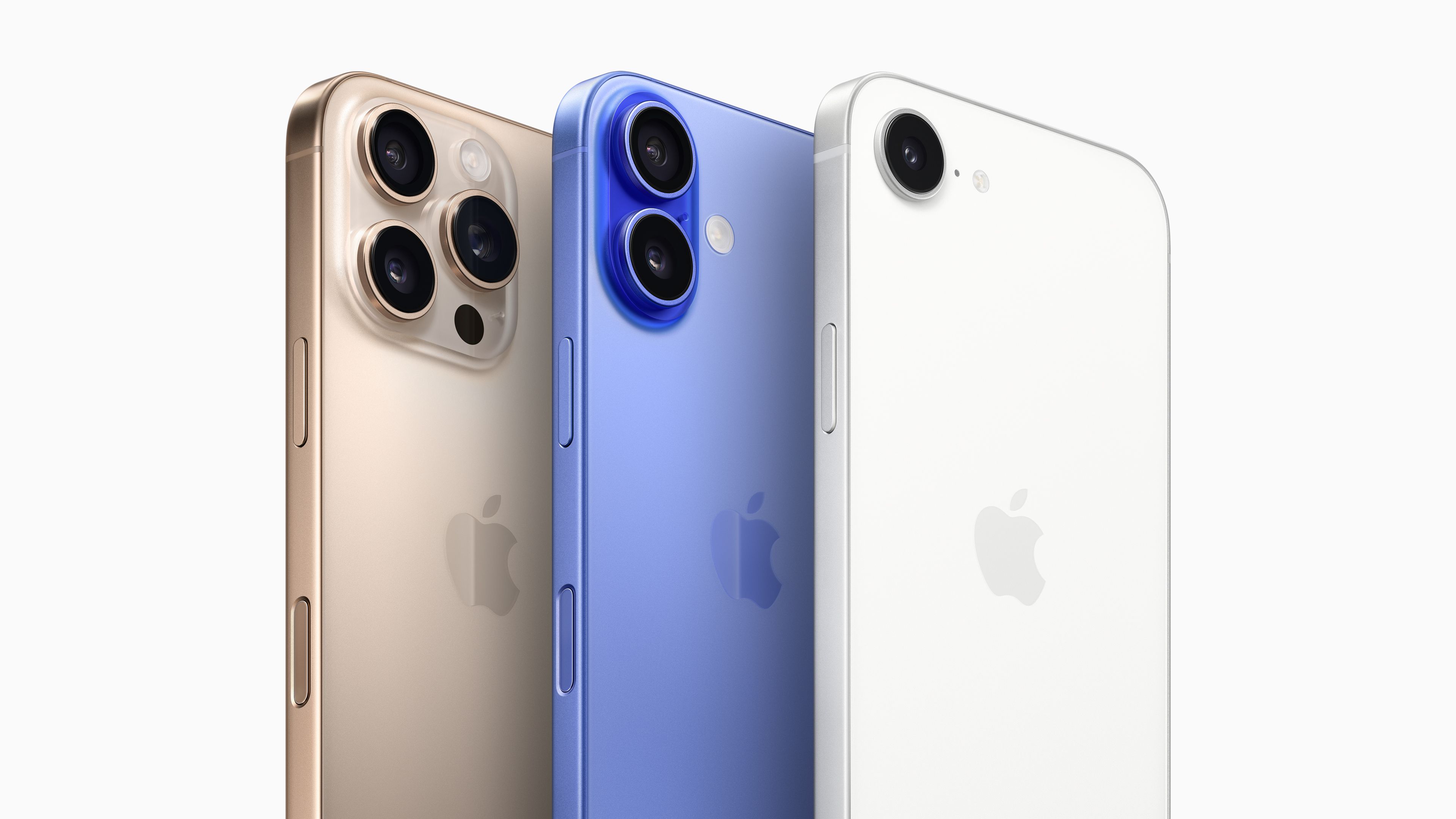







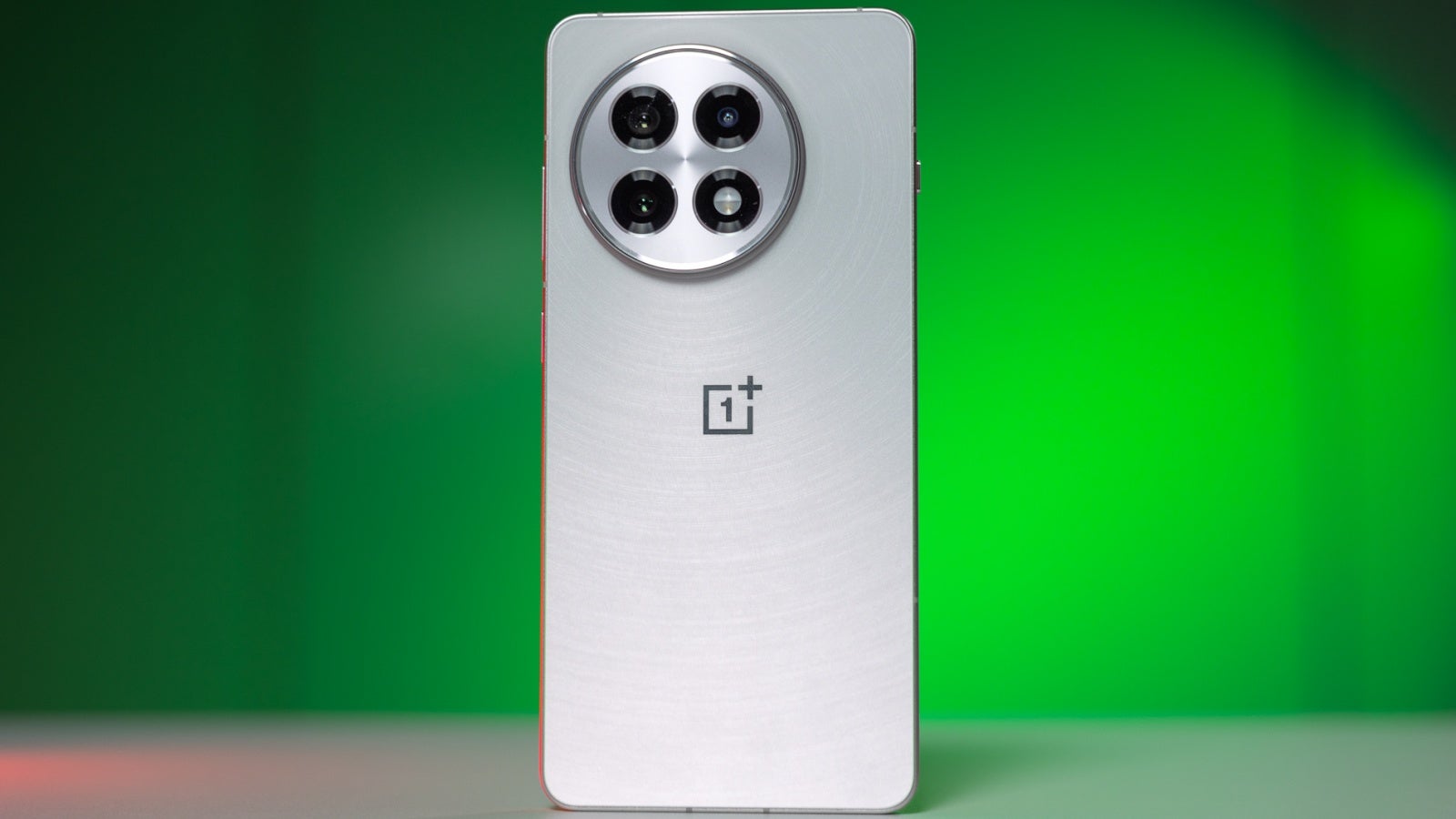
![Nothing Phone (3) may debut with a "flagship" chip – just not the flagship-est one [UPDATED]](https://m-cdn.phonearena.com/images/article/171412-two/Nothing-Phone-3-may-debut-with-a-flagship-chip--just-not-the-flagship-est-one-UPDATED.jpg?#)
















